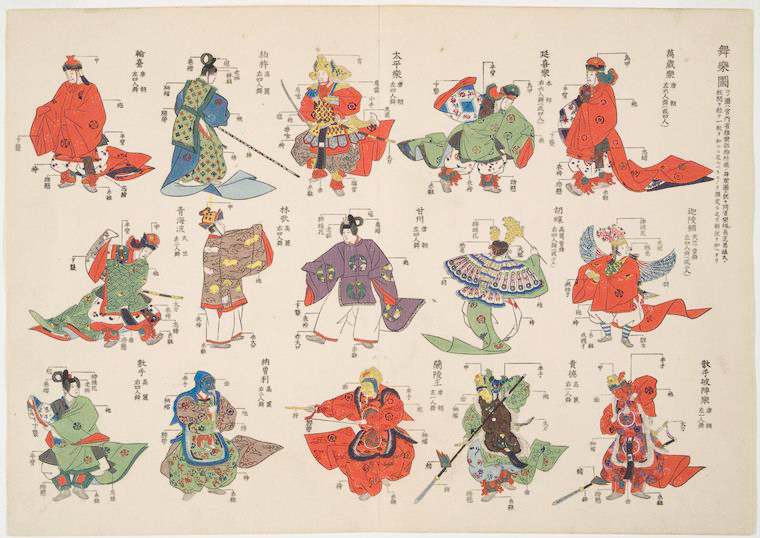Archives
"How can we know the dancer from the dance?"

Some choreographers have developed written notational systems like those used to transcribe music. The most common of these systems are those descended from the work of the early twentieth-century Hungarian dancer Rudolph von Laban. Although these system are learned and understood by many dance artists and scholars, literacy is far from universal and only a relatively small subset of dances have been completely transcribed in any system.
![Monsr. Coulon's Academy / etched by E. Salmon, [after a painting by] A. Ludovici., Digital ID 1619180, New York Public Library Monsr. Coulon's Academy / etched by E. Salmon, [after a painting by] A. Ludovici., Digital ID 1619180, New York Public Library](https://images.nypl.org/?id=1619180&t=w)
Since the mid-twentieth century, many dances have been documented with video recording. Unlike written words or musical notes which encode sound by abstraction and are understood only by shared conventions, video transcribes the sensory experience itself and requires no special education to interpret. NYPL has one of the largest collections of dance video in the world at the Library for the Performing Arts. Although video has a few obvious advantages over oral tradition or abstract notional systems, it is in other ways more limited. The technology forces the videographer to select focus and perspective and so flattens the experience of a dance from three to two diminensions and narrows the expansive view of a stage to the small confines of a video screen. Some choreographers and scientists (such as William Forsthye and Ohio State University's Advanced Computing Center for the Arts and Design [ACCAD]) have developed tools to allow an audience to switch between multiple synchronized camera views, but recording and presenting dance in this way is time consuming and expensive and only captures a limited number of perspectives on the dance.

If this topic is of interest to you, you may want to take a bus or train down to Washington D.C. on May 16. From 7-10 pm I and a group of dancers, technologists, and curators are holding a free, public workshop at the Kennedy Center to discuss these issues (the culmination of a series of workshops sponsored by the Maryland Institute for Technology in the Humanities at the University of Maryland, College Park; Ohio State University; and George Washington University). It should be a great event, and our hope is to begin a discussion that will further improve our culture's approach to the very difficult task of dance documentation. Hope to see you there!
Read E-Books with SimplyE
 With your library card, it's easier than ever to choose from more than 300,000 e-books on SimplyE, The New York Public Library's free e-reader app. Gain access to digital resources for all ages, including e-books, audiobooks, databases, and more.
With your library card, it's easier than ever to choose from more than 300,000 e-books on SimplyE, The New York Public Library's free e-reader app. Gain access to digital resources for all ages, including e-books, audiobooks, databases, and more.
If you don’t have an NYPL library card, New York State residents can apply for a digital card online or through SimplyE (available on the App Store or Google Play).
Need more help? Read our guide to using SimplyE.